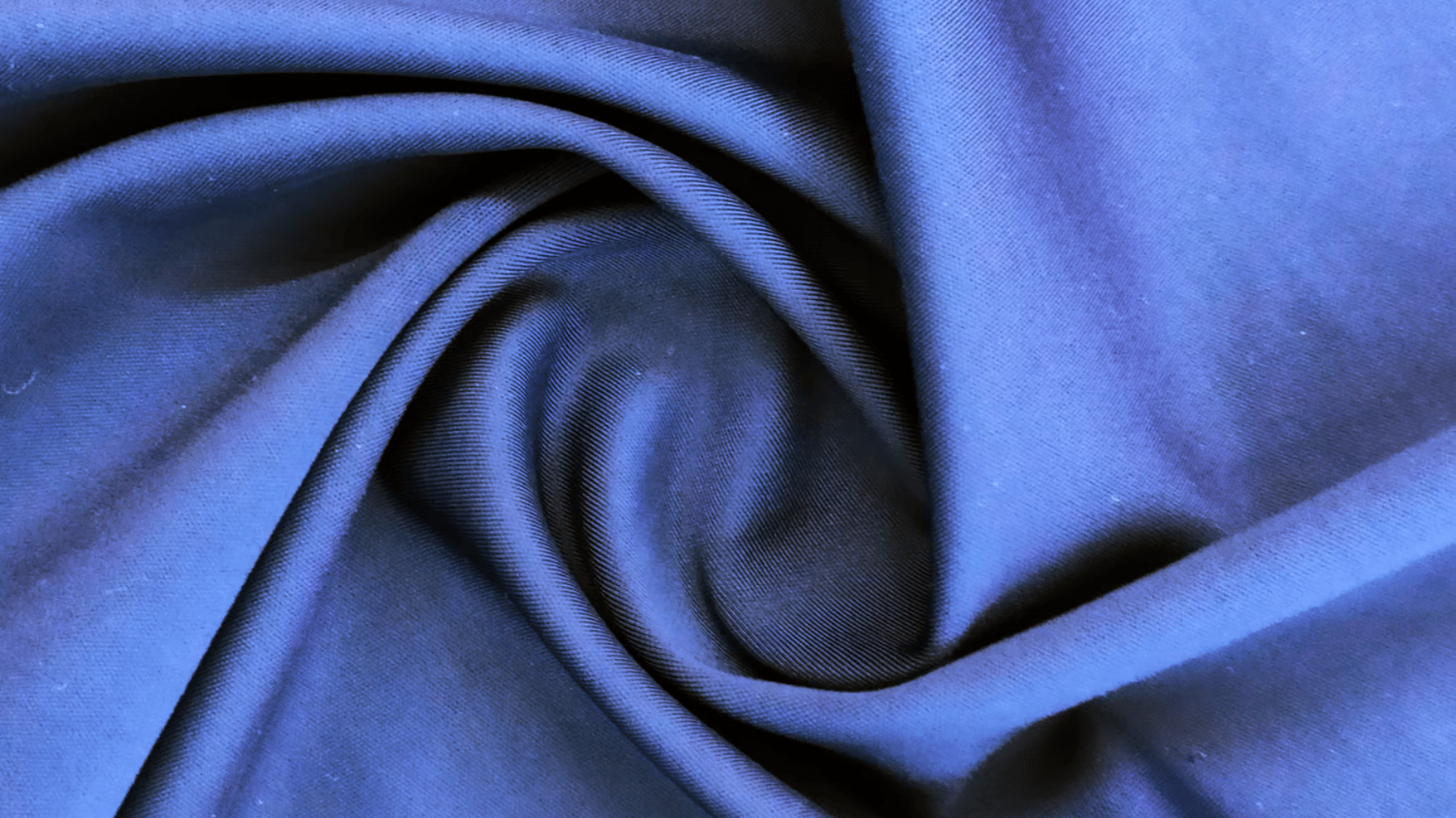Every day, the fashion industry produces an overwhelming amount of waste that harms the environment. Thankfully, Eco-Friendly Fabrics offer a sustainable solution. Not only are these textiles better for the planet, but they’re also healthier for the people wearing them. Here’s everything you need to know about eco-friendly fabrics.
What are eco-friendly fabrics?
Eco-friendly fabrics are textiles that are produced in a way that reduces the negative impact on the environment. These textiles can be made from a variety of materials, such as organic cotton, bamboo, hemp, and recycled polyester. Through their production, eco-friendly fabrics promote sustainable agricultural practices, reduce industrial emissions, and protect non-renewable resources.
The benefits of choosing eco-friendly fabrics
Aside from being better for the environment, eco-friendly fabrics offer several benefits for consumers. These textiles are hypoallergenic, breathable, and often softer than their synthetic counterparts. They’re also more durable, meaning they last longer and don't need to be replaced as frequently. Additionally, eco-friendly fabrics support ethical and sustainable practices in the fashion industry, allowing consumers to feel good about their purchase.
Organic cotton
Organic cotton is grown without chemicals or pesticides, minimizing the negative impact on the environment and promoting the health of the farmers who cultivate it. Clothing made from organic cotton is also hypoallergenic and comfortable to wear, making it an ideal choice for those with sensitive skin.
Bamboo
Bamboo is an incredibly sustainable material. It’s fast-growing, requires fewer resources to produce, and releases more oxygen into the atmosphere than traditional trees. Fabric made from bamboo is soft, breathable, and naturally moisture-wicking, making it perfect for athletic wear.
Hemp
Hemp is another fast-growing plant that requires little water and no pesticides to grow. Hemp fabric is durable, antimicrobial, and has natural UV resistance. It has a slightly rough texture, making it better suited to sturdy clothing like jeans and workwear.
Recycled polyester
Polyester is one of the most commonly used fabrics in the fashion industry, but it’s also one of the least sustainable. However, recycled polyester uses fewer non-renewable resources and reduces waste. In fact, it takes 59% less energy to produce than traditional polyester. Clothing made from recycled polyester is both soft and durable, making it a popular choice for activewear and swimwear.
Other eco-friendly fabrics to consider
Other eco-friendly fabrics include Tencel, made from sustainably farmed eucalyptus trees, and Piñatex, a leather alternative made from pineapple leaves. Both of these fabrics offer unique textures and benefits for eco-conscious consumers.
Caring for your eco-friendly fabrics
To get the most out of your eco-friendly fabrics, it’s important to care for them properly. Always read the care label before washing and avoid dry cleaning whenever possible. Use cold water and gentle detergent, and hang dry your garments to conserve energy.
Where to buy eco-friendly fabrics
Many retailers now offer eco-friendly clothing and fabrics. Look for certifications like Global Organic Textile Standard (GOTS) and bluesign® to ensure that your purchase is truly sustainable. There are also a variety of online marketplaces that specialize in eco-friendly textiles.
The future of eco-friendly fabrics
The fashion industry is starting to shift towards more sustainable practices, but there is still a long way to go. As consumers become more conscious of their impact on the environment, eco-friendly fabrics will continue to grow in popularity. By choosing sustainable textiles, we can help reduce the negative impact of the fashion industry on the planet.

